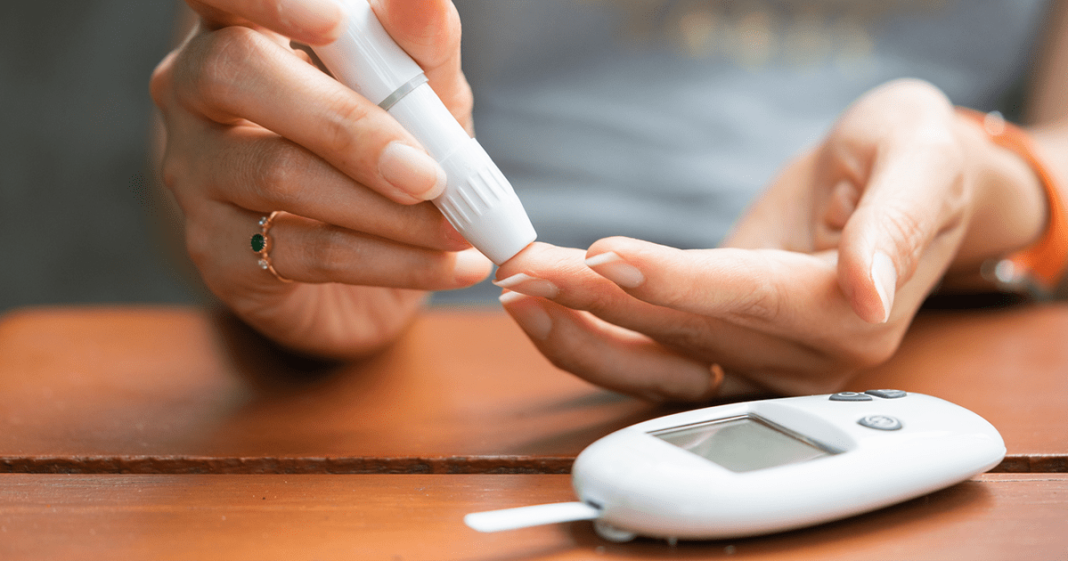There is undoubtedly a dramatic rise in the diabetic population across the world. At the same time, the blood glucose monitoring technology is evolving at a rapid pace. As a result, what one sees around are new self-monitoring blood glucose devices that are proving to be both pragmatic and convenient.
According to the endocrinologist in Orlando, millions of adults are living with diabetes across the world, and the numbers are rising steadily. The WHO estimates more than 700 million diabetes people across the globe by 2045. It means the demand for digitally based and self-monitoring blood glucose devices will rise at a steady pace.
Self-monitoring blood glucose devices have always been popular among the diabetic population as they are easy and convenient to use. Further innovations in glucose self-checking technologies have made them a lot more reliable. Patients can check their glucose levels at any time and collect accurate data to make informed decisions.
Here are some latest improvements in self-monitoring blood glucose gadgets:
- Self-monitoring blood glucose devices have become smaller, more accurate, and easier to use. Moreover, as they can be connected to automated monitors, they become an efficient tool for managing and reducing hypoglycemia.
- Real-time data viewing of glucose levels would be possible with smartphone displays for the health care providers and make well-informed decisions for the concerned patient. Patients need to monitor their sugar levels at different times of the day for improved treatment.
- Minimally invasive methods will be used to monitor glucose levels in the future with electrical, nanotechnology, and optical approaches. These noninvasive techniques rely on radiation and incorporate electric, thermal, and optical methods for detection.
- All-in-One Pogo System compresses the procedural steps to press, test, and reload without any need of a lancet for glucose monitoring. It is readily available and less expensive, and a lot more convenient than the traditional finger-prick monitors.
- Fully integrated systems by firms such as Sentec and SugarCube are Bluetooth-enabled and function as an all-in-one glucose testing kit. They provide personalized and efficient diabetic lifestyle management.
- The self-monitoring devices have revolutionized diabetes management, and the next wave of inventions is making efforts to improve the tolerability of implantable devices. Implanted synthetic polymer coatings will serve as a sensor device to monitor glucose.
- The current technological advancements anticipate the markets for s self-monitoring devices for people living with diabetes to expand soon. The emerging evidence of clinical advantages of these devices and their reliability is encouraging more individuals to use these for glucose monitoring.
R&D activities and commercialization of blood glucose devices have led to new innovations that have made self-monitoring of blood glucose personalized and a seamless process. Future trends are likely to see the inclusion of smartphones as smart devices for glucose monitoring in in-home settings and hospitals with a well-connected support system. Medical technology companies present massive opportunities for diabetic patients and healthcare organizations for enhanced efficiency and attain better results when providing treatment for diabetes.
Users are looking for inexpensive devices with minimal involvement of healthcare providers and mammal invasiveness.

“Wannabe internet buff. Future teen idol. Hardcore zombie guru. Gamer. Avid creator. Entrepreneur. Bacon ninja.”




